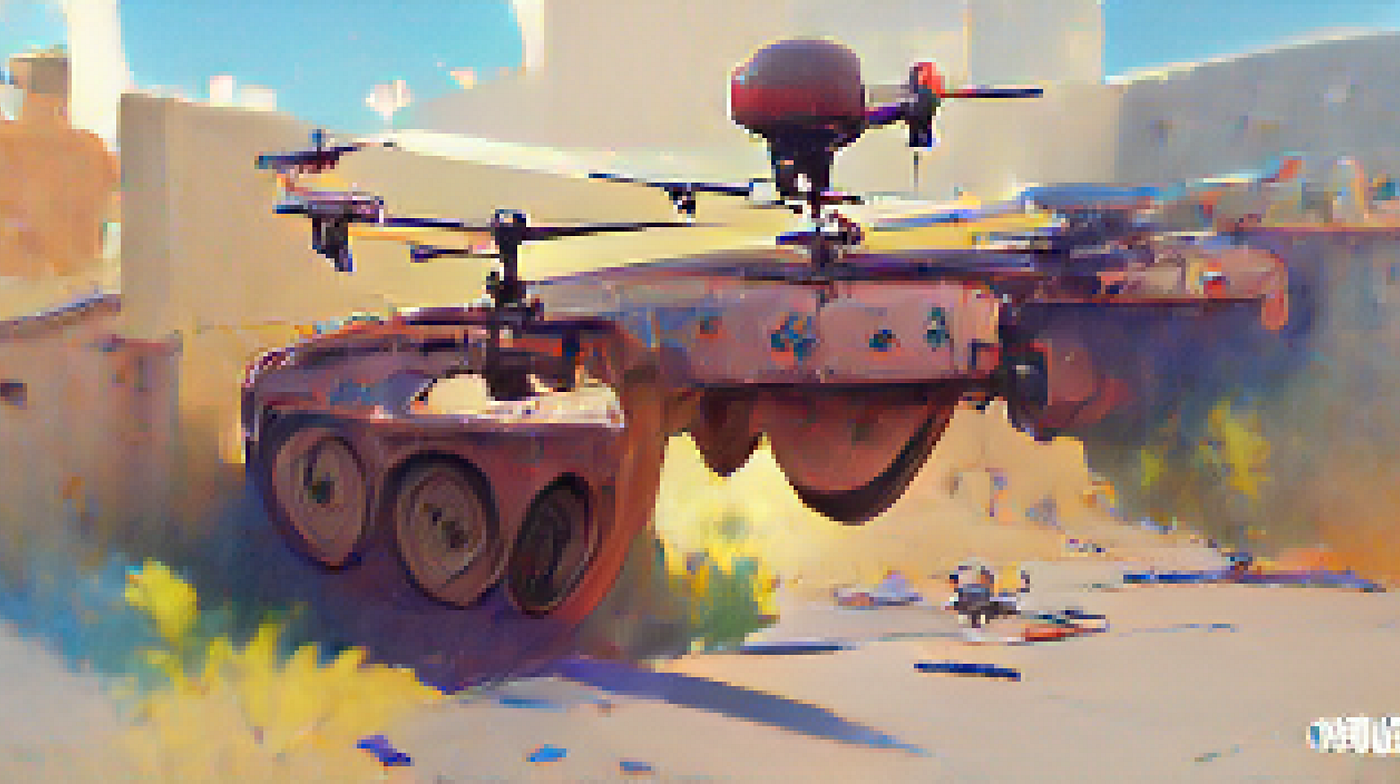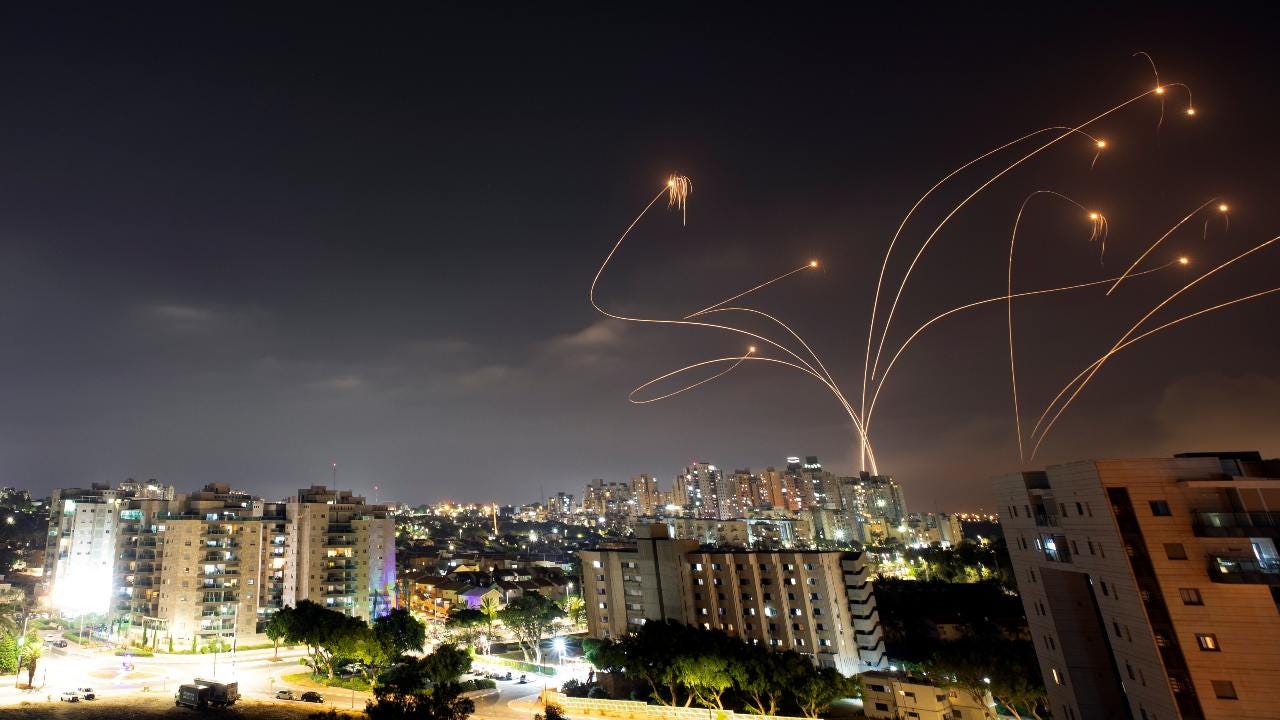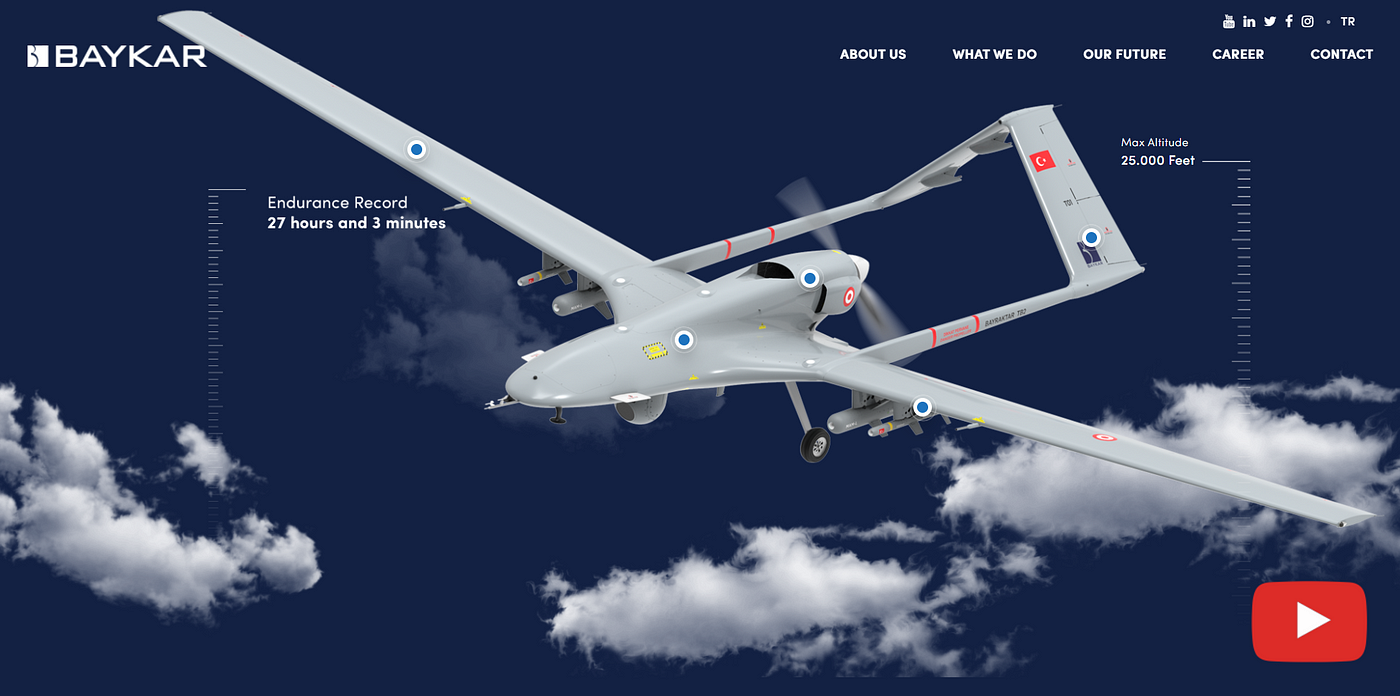
Artificial Intelligence In Modern Warfare
How AI Impacts Current Wars
Artificial Intelligence (AI) has found its way onto the battlefield, and we’re just beginning to see its impact on modern warfare. Military applications of AI have the potential to transform how we think about warfare in the 21st century. Let’s explore the ways AI is being implemented in a period of economic unrest.

War Is Not The Solution
What is AI?
A toaster with brains
It’s inherently impossible that you haven’t heard or read even a more abstract definition of the inner workings of AI, especially if you’ve seen my other articles. In a nutshell, AI consists of computers ‘learning, evolving and adapting’ continuously to a certain situation given a decent dataset.
You throw in all the data you can find and the AI model tries to find connections and relationships which help it correlate certain patterns and voilà you have a robot revolution in the making as Elon says in the following quote:
“I’m increasingly inclined to think that there should be some regulatory oversight, maybe at the national and international level, just to make sure that we don’t do something very foolish. I mean with artificial intelligence we’re summoning the demon.”
— Elon Musk warned at MIT’s AeroAstro Centennial Symposium
AI’s been compared to people playing god and supposedly paving the way to an upgraded version of humankind but really it’s far from leading a toaster rebellion or even a medium-sized coffee maker carnage so there’s nothing to worry about, yet.

Drone Wars Depiction By AI
Jokes aside AI is so diversified it’s hard for me to cover all of its categories and subtypes and their characteristics, I’ll barely skim the surface of this vast domain. After all, AI is an iceberg and one that stretches to the bottom of the sea.
Weaponized AI
It’s often said that the greatest scientific & industrial achievements were made during times of war as entire countries and governments instructed engineers and smart people alike to build superior weaponry to compete with enemy states.
The industrial revolution introduced better manufacturing processes, whereas the World Wars made cryptography and telecommunications more accessible, we see with every conflict the desire for more self-sufficient and optimized weaponry.

Reconstructed Bombe Machine Used To Crack Enigma
Encrypting and securing war channels can be considered military AI but not really weaponized since it’s indirect.
I consider the best way to present possible AI implementations in modern-day warfare is by splitting them into groups of defensive/offensive, and assisting and autonomous.
Defensive AI
Think sensors and any devices that detect troop movement and infantry patterns as the attacker advances, we’ve all seen how difficult the Russian troops have gained ground in Ukraine and this is not only due to the courage and sacrifice of Ukrainian protectors but also a result of detecting and simulating the convoys from satellite imagery.
In this case, AI can be used to determine subsequent attacks as it recognizes patterns and brings better insights for the OODA (Observe, Orient, Decide, Act) loop. Every decision needs to be swift and future-proof, being able to glimpse into the future is important.
Updating constantly the war infrastructure, control nodes being destroyed or moved and handling resource management is simpler when you can simulate possible scenarios.
Shields like the Iron Dome which we’ve unfortunately seen in action in Israel last year are a defensive marvel constructed from several layers of radars, sensors and defense missile launchers.

Iron Dome In Action
Although it relies heavily on radars & IoT (internet of things) systems it definitely benefits from AI features, although it can still be overwhelmed through accurate and large barrages of missiles.
Offensive AI
Methods of predicting and understanding tactics by identifying strategies using AI can be done from the offensive in order to gain ground faster too. We can see how the constant discoveries in defensive & offensive technologies force each side to innovate quicker.
Better tracking of missiles and real-time evading tactics to penetrate rocket barrages and shields led to the development of the outstanding Iron Dome.
I will cover the intricate types of offensive weapons in the autonomous AI section later in the article so stay tuned for the Drone Wars.
Assisting AI
Full automation is the dream of every industry, being able to decrease the workforce and cut costs while maintaining or even boosting overall production. Accomplishing a level of technology that’s able to sustain itself with little to no human involvement is often out of reach therefore many choose to partially integrate AI together with human control.
In these sectors, an AI system could help the military detect fraud in contracting services, forecast when weapons systems will fail due to maintenance concerns and devise winning strategies in battle simulations.
Other than coordinating attacks with the statistics and insights obtained from AI models, targeted disinformation campaigns through deep fakes or automated social media posts can turn the tides of war quickly.
Although there is yet no evidence of deep fakes used in the current war in Ukraine, their potential use is both frightening and effective.
Autonomous AI
This may be considered the ‘badass’ category, think fully automated offense drones that are able to recognize threats and defend or attack while adapting as the battle rages on.
Developing AI that doesn’t require any human intervention is hard in itself, but applying it to a topic as sensitive as war and loss of life isn’t a straightforward task.
It’s controversial and many believe such ‘slaughterbots’ should not exist as they are a threat to humans.

SlaughterBots Short Film
A real-life realization of this concept is loitering munition (kamikaze drones), think of an AI-controlled flock of explosives hiding in the clouds waiting to throw themselves into enemies on the ground.
This kind of weaponry has been an important part of the victory of Azerbaijan in the Nagorno-Karabach conflict last year which may have been the first war “won” by autonomous weaponry.
Drones are being used in the ongoing war in Ukraine, on the defensive, the Turkish-made TB2 Bayraktars with flight speed of up to 138 miles per hour carrying four smart munitions and equipped with advanced reconnaissance hardware (ISR), designed to rain fire from the sky (bombs are deployed remotely).

Baykar Techonologies
They are facing the Russian kamikaze drone Lantset, an AI-powered self-detonating drone that throws itself into detected targets in a predesignated area. Although the traits these drones present don’t allow them to take part in Star Wars air crusades “worthy of the big screen they are” as Yoda would say.
Hope you liked this short “AI/War” story, don’t forget to clap 👏 and follow for more software-related content 🚀 & more AI articles coming sooner than cringe Metaverse projects get sold out.
Subscribe to my newsletter
Get email from me about my ideas, frontend development resources and tips as well as exclusive previews of upcoming articles.
I Build What AI Tells Me To, And Why You Should Too
Ideas are hard to come by, great ideas are rare but it doesn’t have to be like that. AI, the utterly abstract black box of endless creativity and wisdom can sometimes be of great aid at building the…
Read moreA History Of Big Tech April Fool’s Jokes
April Fool’s is a time where companies like Stack Overflow pull out all the stops to show off their ‘latest and greatest’ features. But it’s also a time where we can look back and see some of the funniest, and most clever, April Fool’s Day jokes from tech giants. Let’s admire a decade of unicorns and tech pranks on Stack Overflow.
Read moreI Used AI To Create Marvelous Art For Blog Images
Blog images are essential in driving traffic to your blog and increasing your articles reach and performance. However, it’s not always easy to find blog images that are both engaging, unique and…
Read more